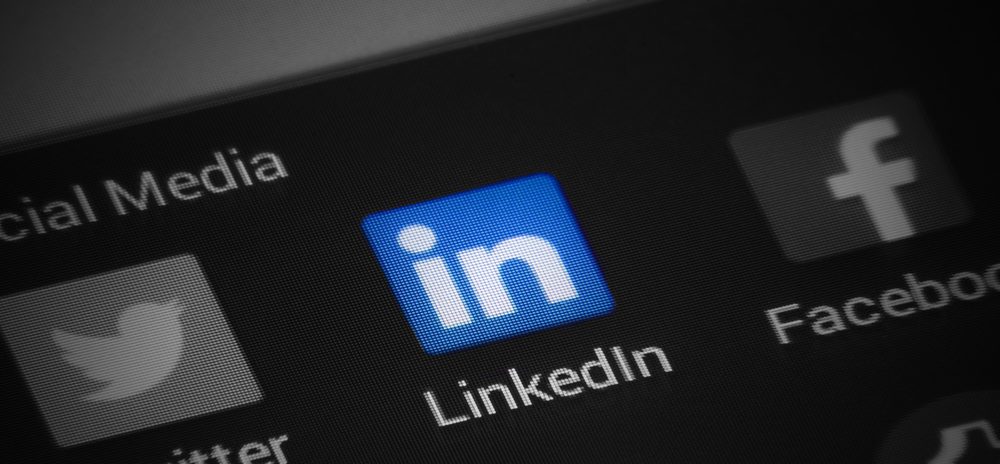
Define the Stakes (Lead Your Hero to Their Happily Ever After)
Define the Stakes (Lead Your Hero to Their Happily Ever After)
Written By
In our first post in the Narrative Marketing series, we looked at this roadmap from Building a Story Brand:

We’ve already covered sections one/two and three/four in our last articles, so let’s now focus on sections five, six, and seven: 5) And Calls Them to Action 6) That Helps Them Avoid Failure 7) That Ends in a Success. There’s a lot to unpack in these last three steps, so let’s dive in.
And Calls Them to Action
After you have settled into your role as a guide and given your customer (the hero) a clear game plan, the rest is up to them, right?
Hardly.
Imagine a story where Frodo just wakes up one day and decides, “it’s time to head to Mordor and destroy the ring.” Frodo packs his bags, leaves a note for Gandalf in case he stops by, and takes off for Mordor by himself.
In any good story, the hero NEVER acts out of their own volition. The reason why is that everyone instinctively knows the hero doesn’t make major life decisions unless someone or something challenges them. It’s like Newton’s First Law of Motion: a body at rest tends to remain at rest until an external force acts upon it.
Your customer needs you to provide a clear and direct call to action (CTA), or else they won’t act. If a customer visits your website, do they know what you want them to do? Your website needs one button in the top right with a clear CTA and another front and center so they can see it before they even begin scrolling. Some examples of a direct CTA are:
-
Order Now
-
Call Today
-
Schedule an Appointment
-
Register Today
-
Buy Now
You might be afraid to be that direct with your customer, but by failing to have a prominent and direct CTA you are indirectly communicating a lack of belief in your product or service.
Paired with your direct CTA, you also need a transitional one. If the direct CTA is asking “Will You Marry Me?” then the transitional CTA is asking “Will You Go on a Date with Me?” Some examples of transitional CTAs are:
-
Download our PDF
-
Attend our Webinar
-
Get a Free Trial
-
Try a Free Sample
Transitional CTAs allow you to show your expertise and generosity, while also creating an opportunity to follow up with a potential customer. Both your direct CTA and transitional CTA need to appear prominently on your website, as well as on any piece of collateral.
However, in order to truly get your customer to act, you also need to clearly define what is at stake.
That Helps Them Avoid Failure
To be clear, communicating the consequences of a customer not doing business with you is not fear mongering. Instead, it’s answering every customer’s subconscious voice that asks, “so what?”
In Building a Story Brand, Donald Miller writes:
Prospect Theory, as it was called, espoused that people are more likely to be dissatisfied with a loss than they are satisfied with a gain. In other words, people hate losing $100 more than they like winning $100. This, of course, means loss aversion is a greater motivator of buying decisions than potential gains. In fact, according to Kahneman, in certain situations, people are two to three times more motivated to make a change to avoid a loss than they are to achieve a gain.
– Miller, Donald. Building a StoryBrand (p. 111). HarperCollins Leadership. Kindle Edition.
What loss are you helping your customers avoid? Remember the four main resources people don’t want to lose:
-
Time
-
Money
-
Health
-
Status
That Ends in a Success
Once you’ve clearly communicated what resource your hero stands to lose, the next step is to articulate what they have to gain from using your product or service. You need to paint a clear picture of the ‘happily ever after’ your product or service can provide.
One way to think through this is to imagine your customer’s life before and after they use your product or service. Here are four good before/after questions to consider:
-
What do they have?
-
What are they feeling?
-
What’s an average day like?
-
What’s their status?
Here are three of the most common happy endings in stories:
-
The hero gets a new power or position (Neo becoming “The One” in The Matrix).
-
The hero is reunited with someone or something that makes them whole again (Frodo reunites with Gandalf to sail to the Gray Havens and be at peace in Return of the King).
-
The hero has a moment of self-realization that provides inner peace/wholeness (The panda Po discovers how to do kung-fu his own unique way in Kung Fu Panda).
Beyond Happily Ever After
So you’ve come to the end of this series. Now what? Donald Miller’s roadmap offers a heaping plateful of information to digest. In order to help you successfully lead your hero down the path to their own happily ever after, &Marketing has broken down this roadmap into easily digestible bites. Download our free guide to narrative marketing for a simple breakdown of each step of Donald Miller’s process along with the questions you should ask yourself in order to effectively lead your hero to their happily ever after.
If you want to create a journey that can lead customers to your product or service as their happily ever after, &Marketing can help. We love partnering with our clients to tap into the power of narrative marketing to engage their audience and experience success.
“At &Marketing, we believe in the power of narrative marketing and its ability to craft an epic story that places your hero at the center. Our team works diligently to support our clients in creating and showcasing these stories. As the trusted guide, you can create the solution to your customer’s struggle to help them find their happy ending.
Let us handle the marketing in order to shine a spotlight on the incredible work your business is already doing so you can focus on what you do best.”
— MATT VINCENT
About the Author:
Matt Vincent is the Creative Director at &Marketing. He has worked in digital illustration and graphic design for over 6 years. During this time, he has worked for a variety of clients, including IGN Entertainment and Salesforce, and a host of smaller & medium sized companies. As a self-taught graphic designer and illustrator, he is constantly learning and growing his repertoire of creative skills, and sharing those with the world. His primary passion is equipping creatives to be storytellers; to see the narrative threads and archetypes that exist in all things, and to tap into them to get their audience to think, grow, and act.
About &Marketing
In today’s fast-paced world, many small and medium-sized businesses are struggling to modernize their marketing approaches because either they don’t have the expertise or the bandwidth to do it themselves.
If you’re ready to dive into narrative marketing, why not let our team at &Marketing help you craft the unique story only your brand can tell?
&Marketing (www.and-marketing.com) provides seasoned marketing strategy professionals and a nimble execution team to help our clients achieve their goals. Our unique partnership model allows us to launch or augment our client’s existing teams in an affordable, flexible, and transparent way.








Recent Comments